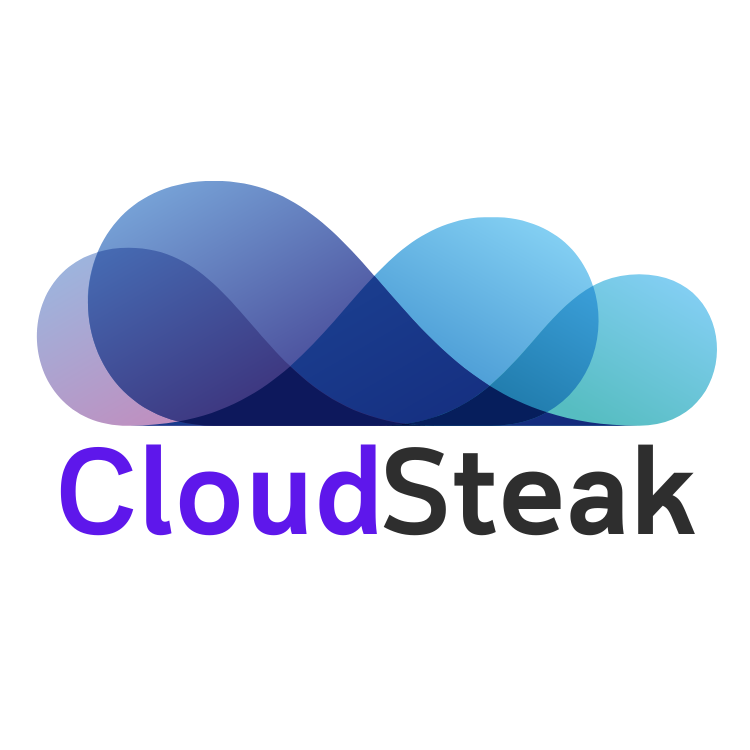Welcome to above the clouds

GCP – Cloud Data Loss Prevention is now automatic!
Data is one of your most valuable assets; understanding and using data effectively powers your business. However, it can also be a source of privacy, security, and compliance risk. The data discovery and classification capabilities of Cloud Data Loss Prevention (DLP) have helped many Google Cloud customers identify where sensitive data resides. However, data growth […]

GCP – Google Cloud Monitoring 101: Understanding metric types
Whether you are moving your applications to the cloud or modernizing them using Kubernetes, observing cloud-based workloads is more challenging than observing traditional deployments. When monitoring on-prem monoliths, operations teams had full visibility over the entire stack and full control over how/what telemetry data is collected (from infrastructure to platform to application data). In cloud-based […]

GCP – Here’s what you missed at Next ’21
Google Cloud Next ‘21 is over, but the learning is just beginning. With three days of keynotes, deep dives, and announcements, there was a lot to take in! But don’t worry if you missed something—the Google Cloud Blog team is here to round up our favorite announcements of Next ‘21. The biggest announcements You can […]

GCP – Best practices for securing your applications and APIs using Apigee
Enterprises across the globe are seeing surging demand for digital experiences from their customers, employees, and partners. For many of these enterprises, hundreds of business applications are hosted in private or public clouds that interact with their users (customers, partners, and employees) spread across geographies, channels (web, mobile, APIs, VPNs, and cloud services), and time […]

GCP – Spark on Google Cloud: Serverless Spark jobs made seamless for all data users
Apache Spark has become a popular platform as it can serve all of data engineering, data exploration, and machine learning use cases. However, Spark still requires the on-premises way of managing clusters and tuning infrastructure for each job. Also, end to end use cases require Spark to be used along with technologies like TensorFlow, and […]

AWS – FreeRTOS adds support for symmetric multiprocessing (SMP)
FreeRTOS adds symmetric multiprocessing (SMP) support in the kernel, enabling developers designing FreeRTOS-based applications to utilize the SMP capabilities of multi-core microcontrollers. Multi-core microcontrollers, in which two or more identical processor cores share the same memory, allow the operating system to distribute tasks between cores to balance processor load as desired by the application. This […]

AWS – Porting Assistant for .NET adds support for WCF, OWIN, and System.Web.Mvc application assessment and porting
Porting Assistant for .NET now supports assessment and porting of Windows Communication Foundation (WCF), Open Web Interface for .NET (OWIN), and ASP.NET System.Web.Mvc namespaces to .NET Core 3.1 or .NET 5. Following the GA release of Core WCF project in February 2021, Porting Assistant can now assess and provide recommendations to port WCF applications to […]

GCP – Google Cloud’s Government and Education Summit celebrates transformation and resilience
Editor’s Note: Mark your calendars. TheGoogle Cloud Government and Education Summit is less than a month away – November 3-4. Reserve your spot today at no cost. We’ve seen public sector organizations embrace a new ethos over the last 18 months – finding new avenues and methods to experiment, hire fast, and weave technology into […]

Azure – General availability: Azure IoT Central new and updated features—September 2021
September updates include dashboard and analytics enhancements, improvements to device registration, and support for bring your own device keys. Read More for the details.

AWS – AWS Glue Crawlers can now be started using Amazon S3 event notifications
AWS Glue includes crawlers, a capability that make discovering datasets simpler by scanning data in Amazon S3 and relational databases, extracting their schema and automatically populating the AWS Glue Data Catalog, which keeps the metadata current. This reduces the time to insight by making newly ingested data quickly available for analysis with your favorite analytics […]
